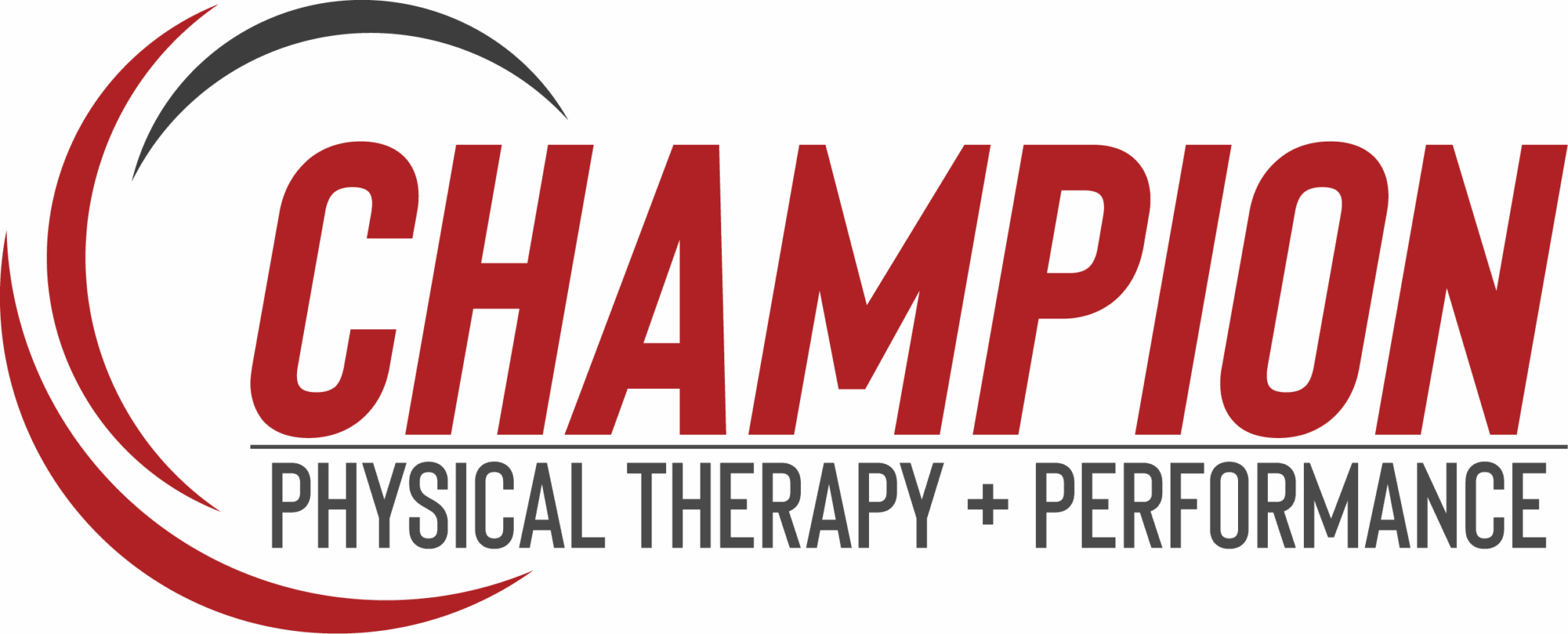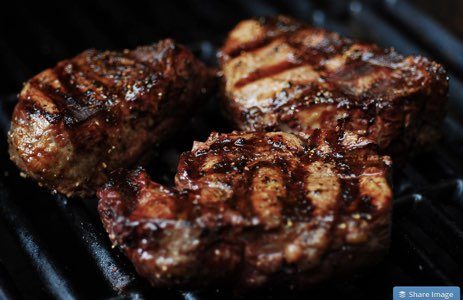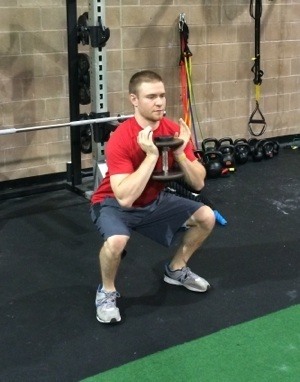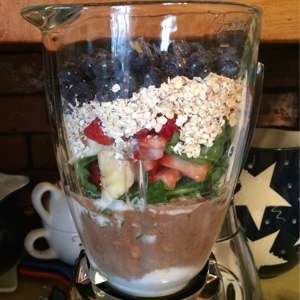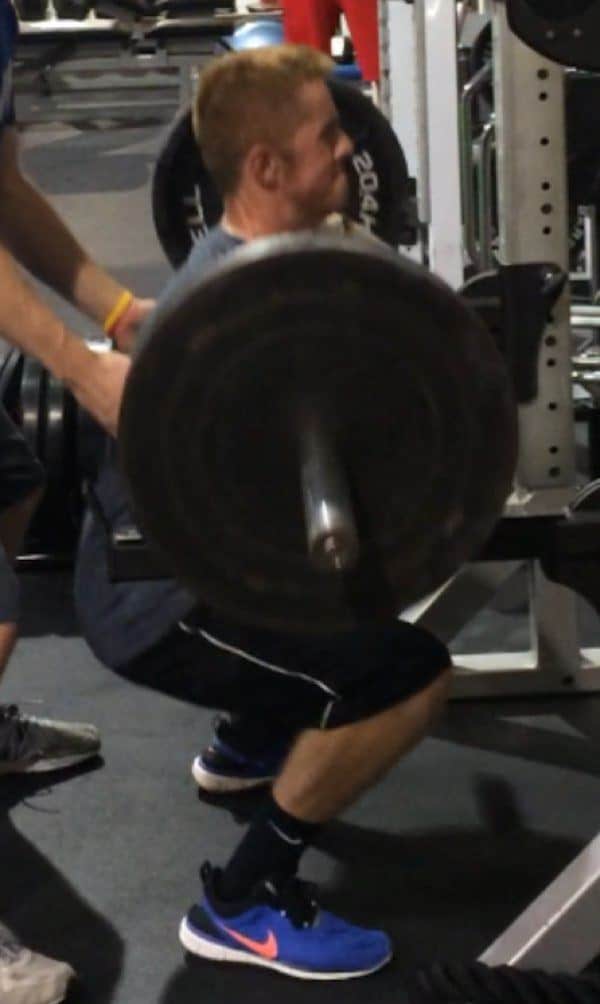Nutrition 101: A Simple Guide to Eating Right
Today’s article is from Champion personal training client Lisa Caldwell. In addition to being a member of #TeamChampion, Lisa is a nutritionist and chef, working in the Boston area. Combining these two backgrounds give her an excellent perspective on nutrition for optimal performance. She is going to be contributing more in the future, but wanted to start with an introduction to nutrition. Thanks Lisa!
Nutrition 101: A Simple Guide to Eating Right
Long term intense physical activities, such as exercise and sports, can be extremely demanding on our bodies and on our minds. We want to be as light as a feather, faster and stronger than our opponent, and reach our goals in a single attempt with super human strength.
This requires strength, endurance, power, sustained energy, flexibility and some level of insanity without being institutionalized.
Yeah, so? How does Food and Nutrition factor into all of this? Good nutrition helps us achieve all these goals, while poor nutrition often times prevents you from achieving peak performance. To help you understand this, let’s start with the basics!
What is Nutrition?
First, let’s define “nutrition” as the science of how living organisms obtain and use food to support all the processes required for their existence.
Food, glorious FOOD! The real stuff, not the “hey, you’re wicked pretty looking, sitting there in that package on that shelf, bet your some tasty!” I am talking about the stuff required by the body for function, energy and regulation. So here is your introduction to the inner workings of what is going on with food, why it’s a good time and people like you should consider getting it into your life.
Our body require six nutrients (as far as the food world goes) to function: Carbohydrates, Proteins, Fats (”the f-word”), Vitamins, Minerals and Water. Food has these nutrients, so we should invite them to the game, match or race, eat them and have the best performance we all dream about! (Photo Credit)
Where Do We Get Our Energy?
Of these six nutrients, technically, only three are energy-yielding. (Whaaaaat is this….is this a word problem?) No matter what you call it – Energy, fuel, gas… – the food world calls it a calorie!! Carbohydrates, Proteins and the fat all supply us with calories or energy.
**ANNOUNCEMENT** There is another supply of calories out there, but it is not a nutrient!! It may or may not be consumed frequently by people (who are of age…) after a flippin’ sweet day of crushing the game, dominating opponents and breaking new fitness goals …that calorie supply is Alcohol. But this type of calorie doesn’t come with much else… no vitamins, minerals, phytochemicals… just a “lightness of being” (aka… a “buzz”) or “empty calories” that do not contribute to your waist line in a positive way.
Geee…Thanks…. So why read on?! Now you can learn what these energy yielding nutrients do, where to find them and how they work together.
Carbohydrates
Carbohdrates are produced and stored in plants in the form of sugar, starch and fiber. There are simple carbohydrates and complex carbohydrates. Simple give you that jump start power, taking a magic carpet ride into our cells via insulin and are used immediately. Complex enjoy a languid approach, they are slowly broken down, converted into simple sugars and take the insulin train into our cells over time (complex carbs to help you sustain energy levels to compete at your best all day long…). Here are some examples of where you can find these carbs:
Simple Carbs (Quick energy)
- Fruits, fruit juices, sugar based snacks and drinks, white bread, white pasta, and baked goods.
Complex carbs (Sustained energy)
- Whole grains (brown rice, whole grain breads, barley), lentils, peas, beans, fruits and vegetables.
Proteins
Proteins are found in plants, whole grains, animal products, nuts, beans and legumes. They are made from subunits called “Amino Acids”. Wait, Plants have protein!? I know, right…isn’t that great! Our bodies can do so many things with amino acids (like a baseball player can do with a baseball) – some amino acids can make other amino acids if needed, amino acids can be recycled from “retired” proteins to make new proteins aaaaannd (get this, it’s so cool!) half of the amino acids you use each day come from recycled proteins that you ate the day before!
Fats
Fats (aka lipids, fatty acids) can be found in nuts, seeds, olives, animal products and on shelves (had to slip that in). In other words there are good fats and not so good fats. Fats are a major source of energy and they play a many roles in our bodies. In fact, 60% of our brain is made up of fat! There are only two essential fatty acids that we need to eat, our bodies make the other ones! One helps us remember the plays, dial in a new technique and gets to work on the inflammation in our joints after a long day of making it happen. Omega 3 folks, it’s not just brain food anymore! The other is Omega 6, which helps us see our opponent, where and when to make a play and aids our nerves from not being entirely shot at the end of a long day.
Now that we have covered the basics of our three main energy-yield nutrients – carbs, proteins, and fats, here is where we learn a little on how they play nice together…
Vitamins and Minerals
Vitamins are sensitive molecules that are needed in small amounts and are found in plants (the colorful stuff), whole grains and some animal products. They help the major players (Carbs, Proteins and Fats) do their job. Some can only be transported into our cells by way of water, some via the f-word. Here is a good example of the important of vitamins – Wondering why you may not be dialing in your skill or dominating on that new power play? Get some quality B Vitamins from food into your life on the daily, they are key physical components of our neural network. Other vitamins, like vitamin D, have been shown to be essential to optimal health, yet mostly deficient in our society.
On the other hand, minerals are something that we need to eat, our bodies cannot make them. **Cool fact: they cannot be created or destroyed; even if you completely burn a food, the mineral will remain as ash. Check out your trail mix, do you have a wide variety of nuts and seeds in there (M&M’s do not count as a nut)? If so, well done! You have just successfully scored high on the mineral intake without trying! Plants, whole grains, some animal products have them as well. Minerals work with Carbs to create energy, help supply muscles with oxygen (dread that “burning” feeling?) and help to patch up our cuts and bruises!
Water
Last but not least, there is Water – to swim in, bathe, toss on a friend, skate on when frozen, but to avoid when found on the street. But more importantly, water is the essence of life. Where is it found in the food world? Plants! Fruits! Animal products!
Wait, what? Animal products? Muscle has more water associated with it than fat, therefore lean whole animal proteins have a lot of water to them!
The total volume of water in the body increases as the proportion of lean tissue in the body increases. Physically fit humans tend to have more water and need more water than their sedentary counterparts. Water is not fun to carry (a pint a pound, the world around) but a necessary tool for us to maintain focus, motor control, body temperature and to fight off fatigue.
How to Simplify Your Nutrition
Overwhelmed by Nutrition?! Intrigued? Understood. Luckily, I have a simple solution for your – Everything in this article can be found in food, real food. Yes, it can also be found mixed up nice-nice in some of the pretty tasty packages which are stellar when in the midst of a game or race. Yes, some colorfully packaged treats taste better than others, take less effort and are rippin’ cheap, but are they bringing all the essentials to the party?
All those packaged foods only have a photo of what it used to be, not what it is…. Did you ever wonder how a potato could end up looking like a chip, live forever on a shelf, taste like a french onion and still have something of value to contribute to your performance?! Yes… NO! ‘Cause all them there nutrients have been broken down, busted, stripped, dried and fried to give you something that crunches when you put it in your mouth.
Minimize food that comes from boxes or bags and try to stick to real whole foods!
Whole, real foods don’t demand a lot from us or really require much effort, they just want to contribute to your performance, recovery and get you ready for the next game! So consider bringing along some oranges (simple carb, workin’ hard), bananas (vitamins packed with carbohydrates), pears, apples, nuts and seeds (healthy fats for fuel), whole grain bread with PB&J, AB&J or PB&H,(carbs, proteins and healthy fats compressed into one) roasted chicken, lean red meat, string cheese, an avocado, homemade granola bars laden with dried fruit, nuts, dark chocolate and being held together with healthy fat and love (please… don’t forget to bring the love).
About the Author

Her desire to perform at an optimum level in all of her athletic endeavors started when she was young, leading her to study food and nutrition on her own. She obtained a B. S. in Human Foods and Nutrition from the University of Maine at Orono. She explored the culinary world and rose to the rank of Executive Pastry Chef at Resorts and Hotels. Due to these experiences and years spent traveling for the sake of food, she spent time working with Whole Foods Market as a Healthy Eating Specialist educating customers on how to shop and cook. She now owns and runs Lisa Caldwell your Kitchen Confidant, a small business dedicated to sharing all she knows about food, nutrition and cooking with all who want to know more for the betterment of themselves and the people that they love.
Her primary objective is Nutrition Education and has partnered with the likes of Massachusetts Hospital Association, Tufts University School of Public Health, Google, as well as the local Rock Climbing gyms in the Boston Area. Opportunities such as these have enabled her to share and increase the awareness of how food and proper nutrition contributes to our athletic performance as well as our overall health. You can find Lisa climbing at Metro Rock Gym, Everett and Boston Rock Gym in Woburn and getting great advice at Champion Physical Therapy + Performance in Waltham. If you would like more information about her services, recipes or blog posts, check out Lisa Caldwell your Kitchen Confidant on Facebook or at www.lisaecaldwell.com.
